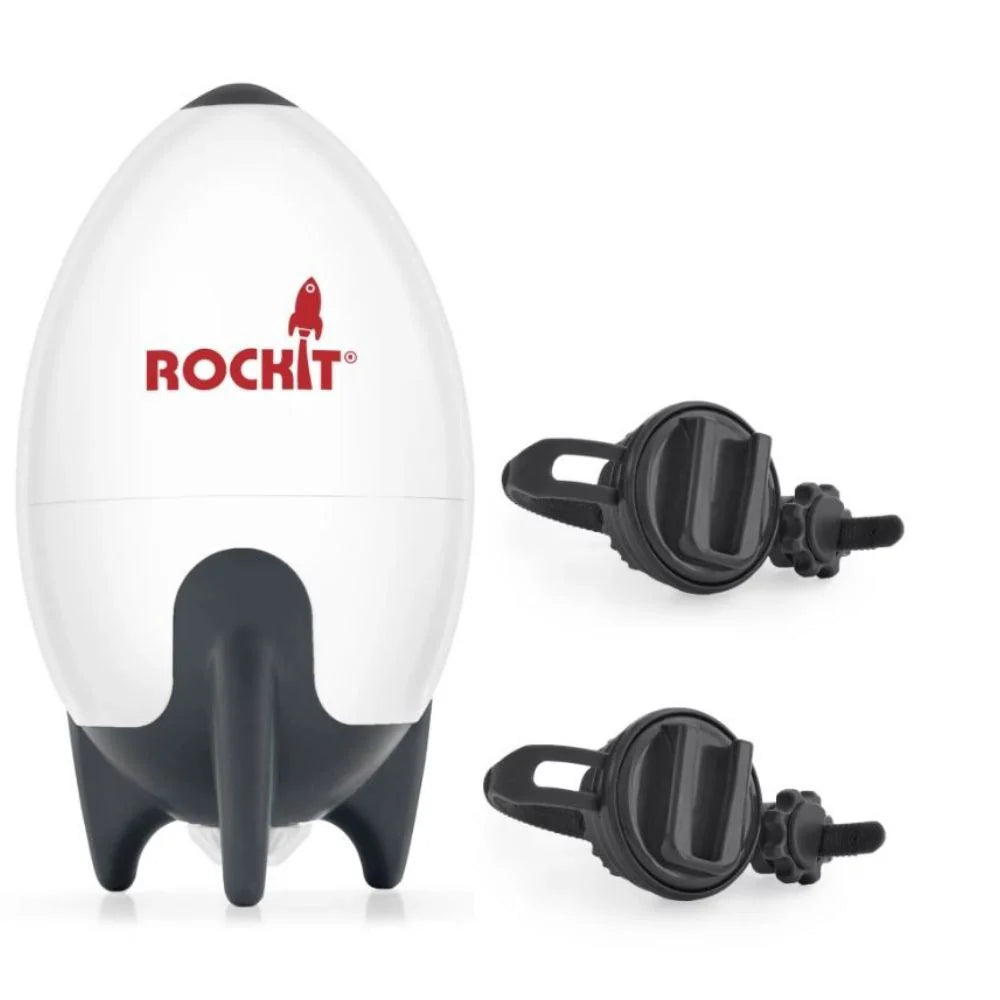Daytime wetting is twice as common in girls as it is boys. About 3 to 4 percent of children between the ages of 4 and 12 have daytime wetting problems. It is considered to be a problem after the age of five by which time it is generally accepted that bladder control should have been established.
Children with daytime wetting characteristically feel the urge to go at the last minute and may suddenly demonstrate holding postures e.g. ‘curtsey’ using their heel to stop the flow of urine.
What causes daytime wetting?
Many children who have daytime accidents have a parent/s who did too, so it is often genetic. Other common causes of daytime wetting include:
- Poor bathroom habits, such as not emptying the bladder completely or “holding it” for too long.
- Constipation (stool in the colon can create pressure on the bladder and cause spasms, which lead to daytime wetting).
- A urinary tract infection.
How can I help my child overcome daytime wetting?
The most important thing you can do is be patient and understanding. Make sure your child knows that daytime wetting is a temporary problem, and that you are there to help.
If your child is having daytime accidents, try these steps:
- Take your child to the doctor to be assessed and rule out a urinary tract infection. Make sure to mention any pain on passing urine, poor urinary stream or continuous dribbling of urine. Constipation can also adversely affect bladder function and it is important to rule this out too.
- Ensure your child drinks well during the day. The recommendation for children is 6-8 glasses of water evenly spaced throughout the day (including 3-4 glasses while at school). Make sure your child has a drink bottle and use a permanent marker to write on the drink bottle, marking the level to be consumed by morning tea, lunch and afternoon tea time.
- Create a schedule for your child to visit the toilet at least every two to three hours during the day, even if she doesn’t feel like it. Use a Vibrating Reminder Watch and set it to vibrate to remind her to visit the toilet. These watches are particularly useful during school hours and help your child become independent.
- Make sure your child is eating a healthy, fibre-rich diet and plenty of fruit and vegetables. This can help prevent constipation.
- If using rewards/incentives these need to be for something your child has control over e.g. drinking well, using the toilet. Reward him for sitting on the toilet regardless of the result, as he may not be able to achieve dry pants initially.
- Help her relax and not rush while on the toilet. Putting her feet on a stool while sitting on the toilet might make things more comfortable. Have a small handheld game or book available to pass the time.
- Double voiding can be useful. Your child passes urine then counts to 10 or 20 and tries to empty her bladder again.
- Be positive and give support to your child. Punishment is not effective, and can make the situation worse.
Children who have daytime accidents typically do not do so out of laziness, emotional problems or defiance. In fact, they often are embarrassed by it, and sometimes endure teasing. Children sometimes dread going to school or social activities because they fear having an accident.
The good news is that treatment is available. With encouragement, lifestyle changes and, in some cases, medical care, most children can overcome daytime wetting.
For more information visit Continence New Zealand or the Continence Foundation of Australia








